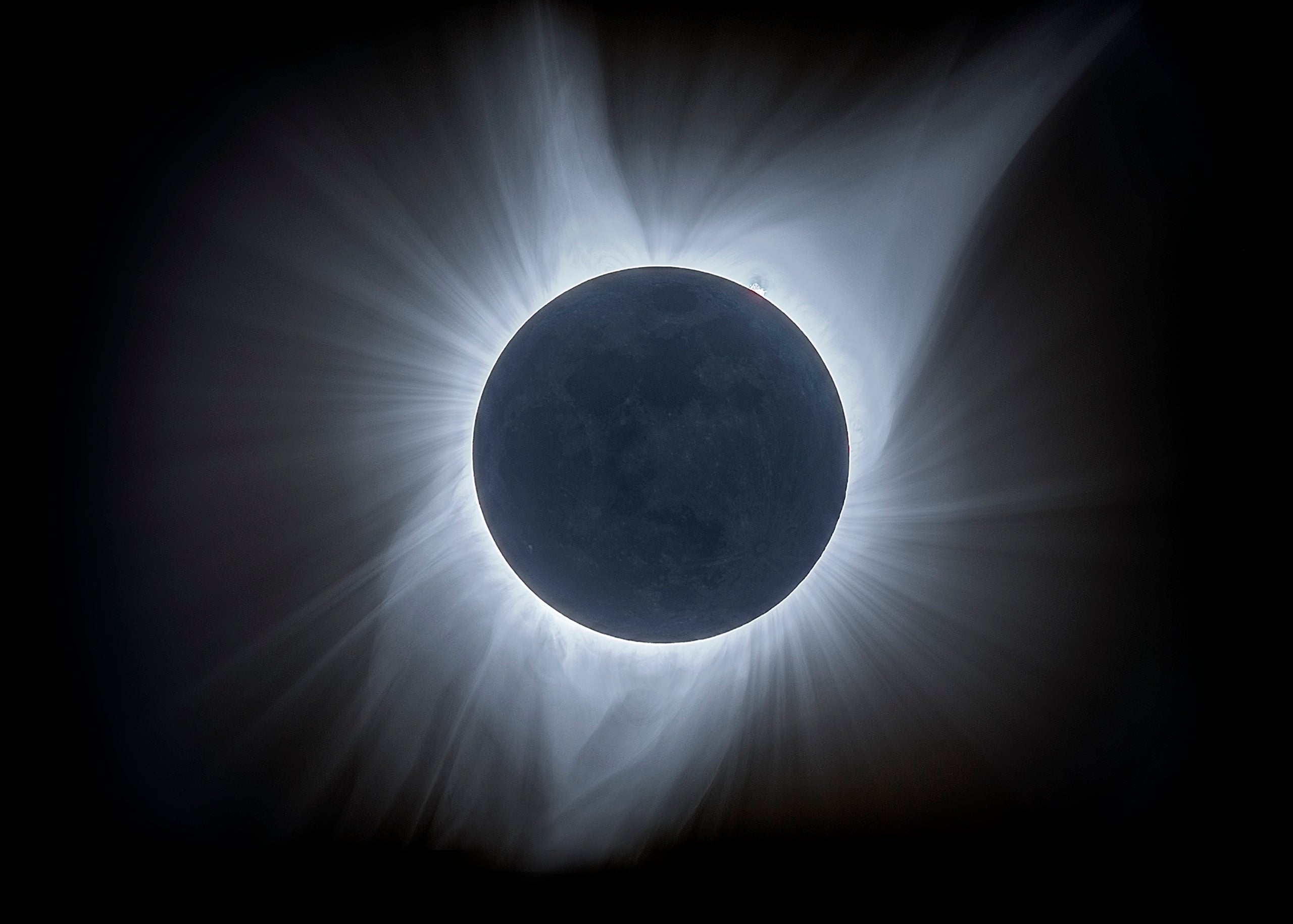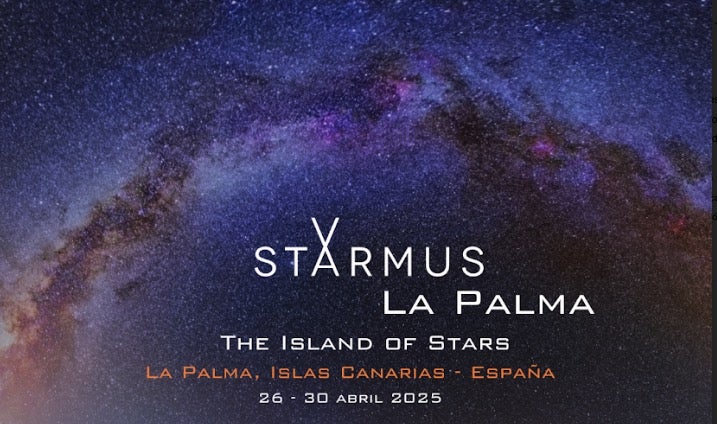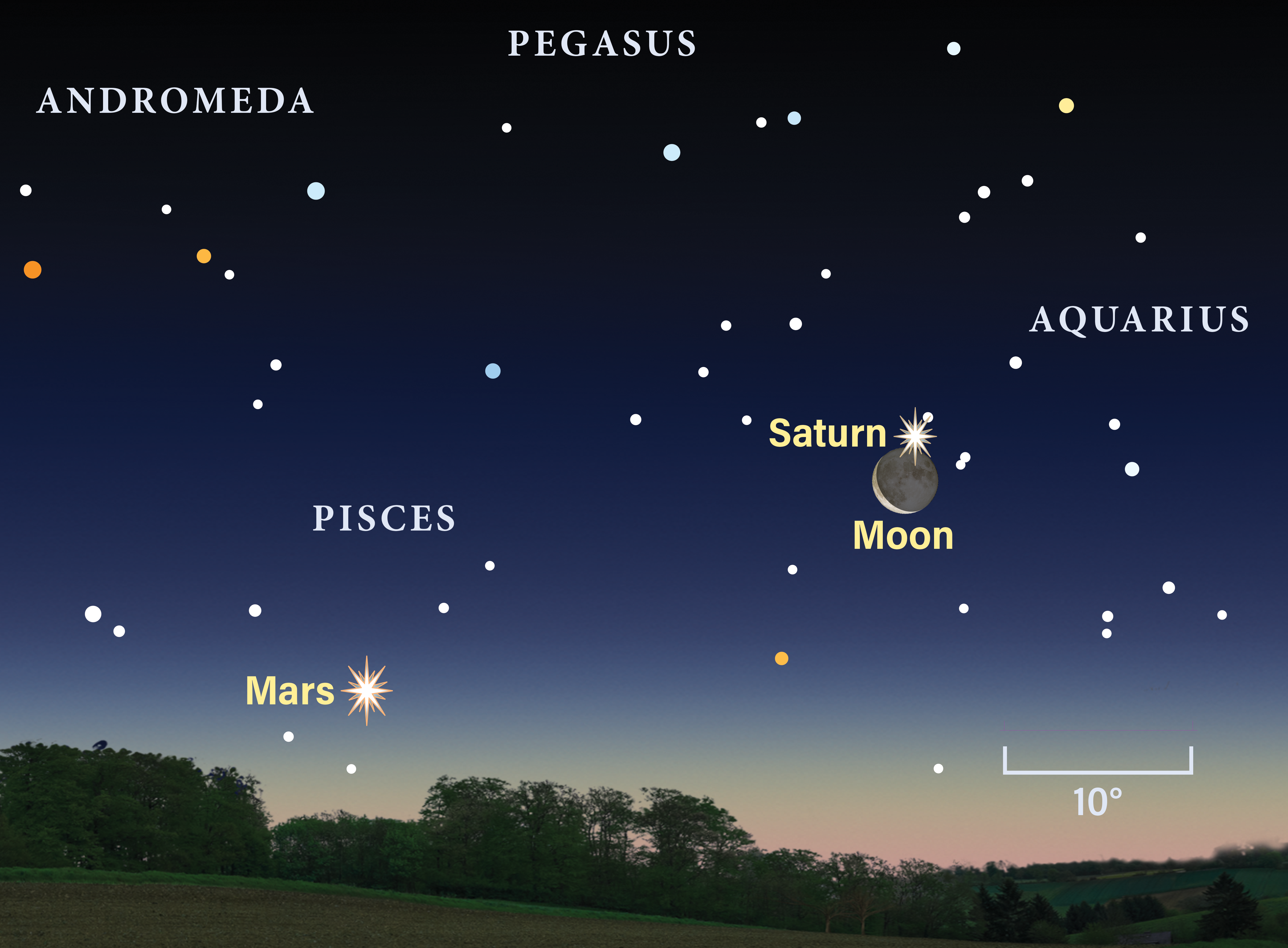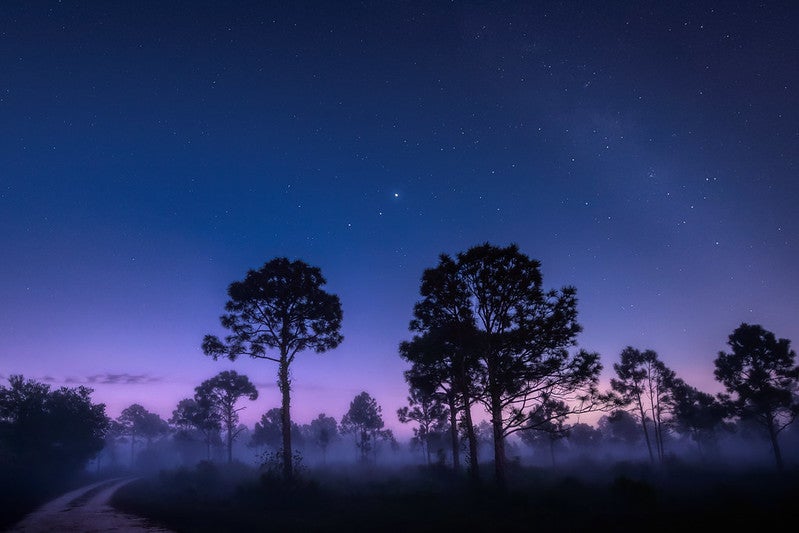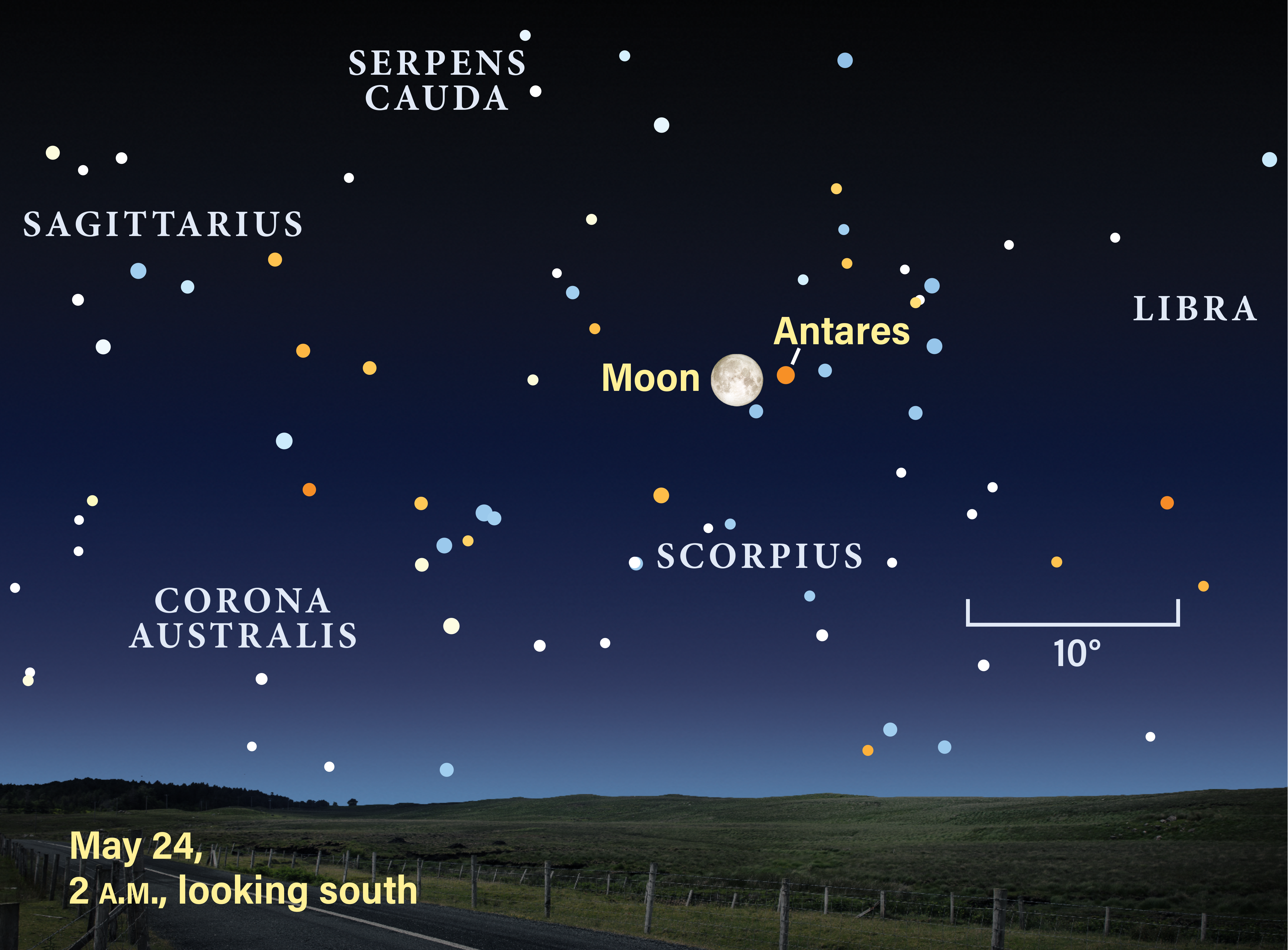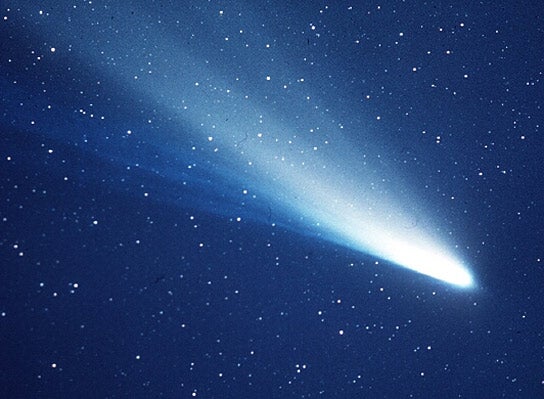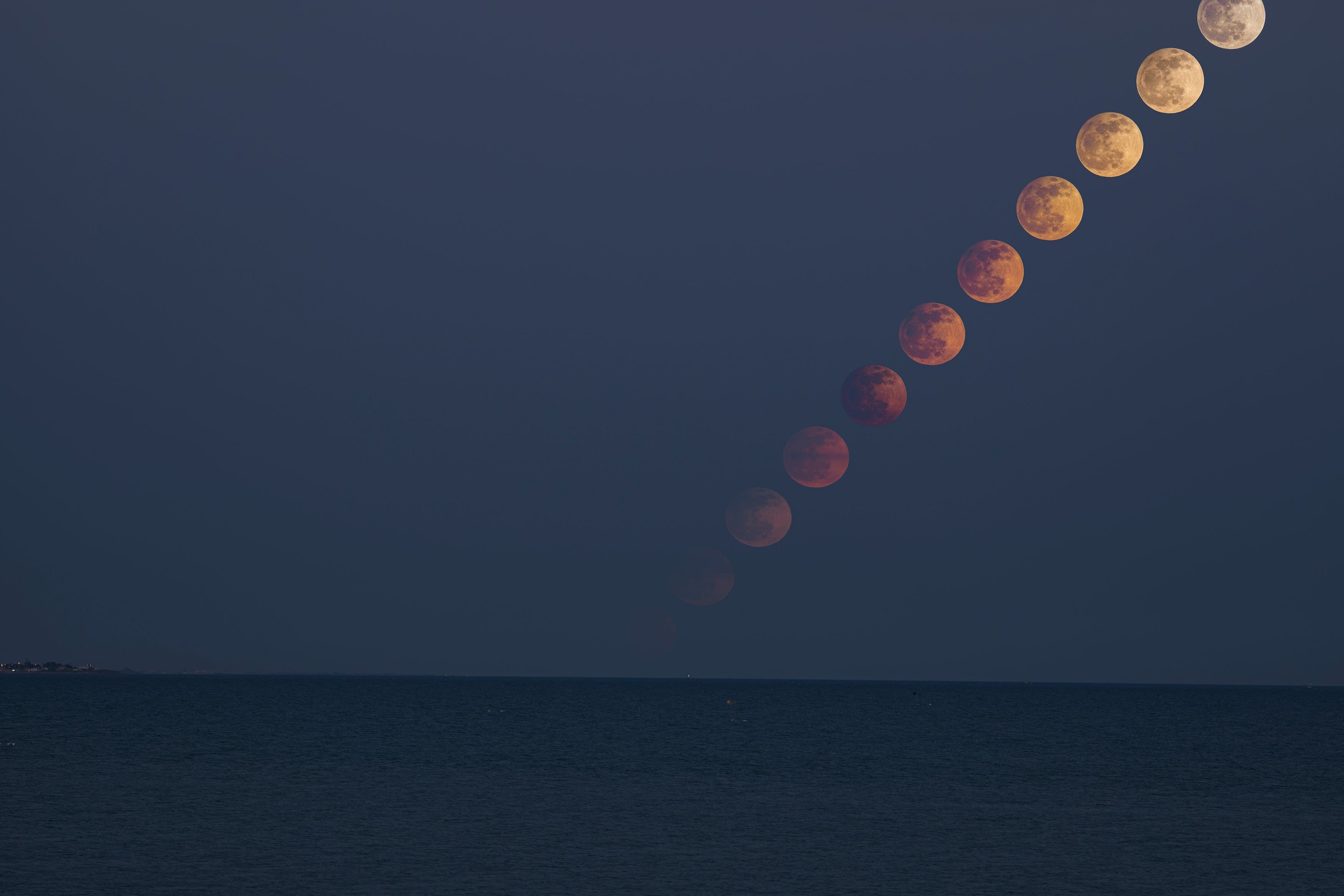
In this special early edition of This Week in Astronomy, we look ahead to this weekend’s partial lunar eclipse.
In a partial lunar eclipse, the deepest part of the Earth’s shadow — the umbra — only partially covers the Moon. This time, that will be best seen from Europe, Africa, and Asia.
However, some of the Americas will be able to see the tail end of the eclipse as the Moon rises. By that time, the eclipse will be in its penumbral stage. That means the umbra will no longer be cast upon the Moon, but the outer part of Earth’s shadow — the penumbra — will be. Put another way, if you were standing on the Moon in Earth’s penumbra, you would see Earth partially eclipsing the Sun.
In a penumbral eclipse, the Moon’s reddish tint is more subtle than in a total lunar eclipse. And even if you live in Europe, Africa, or Asia, at this partial eclipse’s maximum, the umbra will cover just over 12 percent of the lunar disk. But that’s part of the intrigue of lunar eclipse watching — finding out just what you see, and how dim and red you perceive the Moon to be.
R
Follow Astronomy magazine, the world’s best-selling astronomy magazine:
🌎 Website: https://astronomy.com
📖 Subscribe: http://subscribe.astronomy.com
📘 Facebook: https://www.facebook.com/AstronomyMagazine
📸 Instagram: https://instagram.com/astronomy.magazine
🐦 Twitter: https://twitter.com/AstronomyMag
Shop Celestron telescopes:
🔭 Website: https://celestron.com
Follow Dave Eicher:
📘 Facebook: https://www.facebook.com/davidjohneicher
📸 Instagram: https://instagram.com/eicher.david
🐦 Twitter: https://twitter.com/deicherstar

